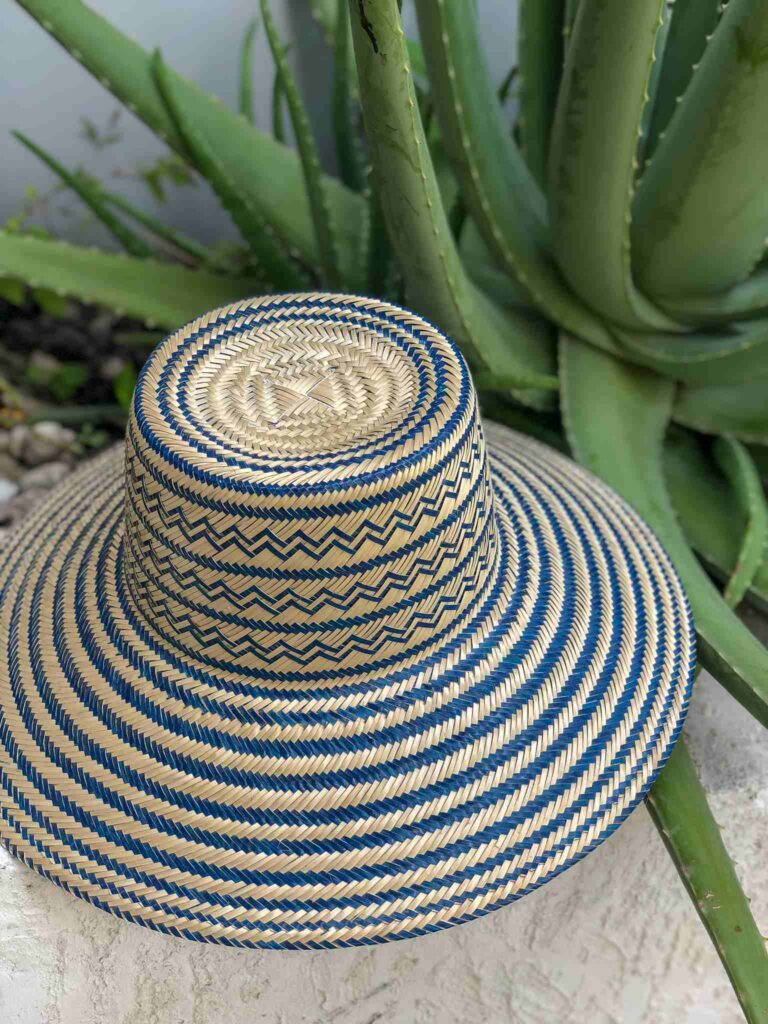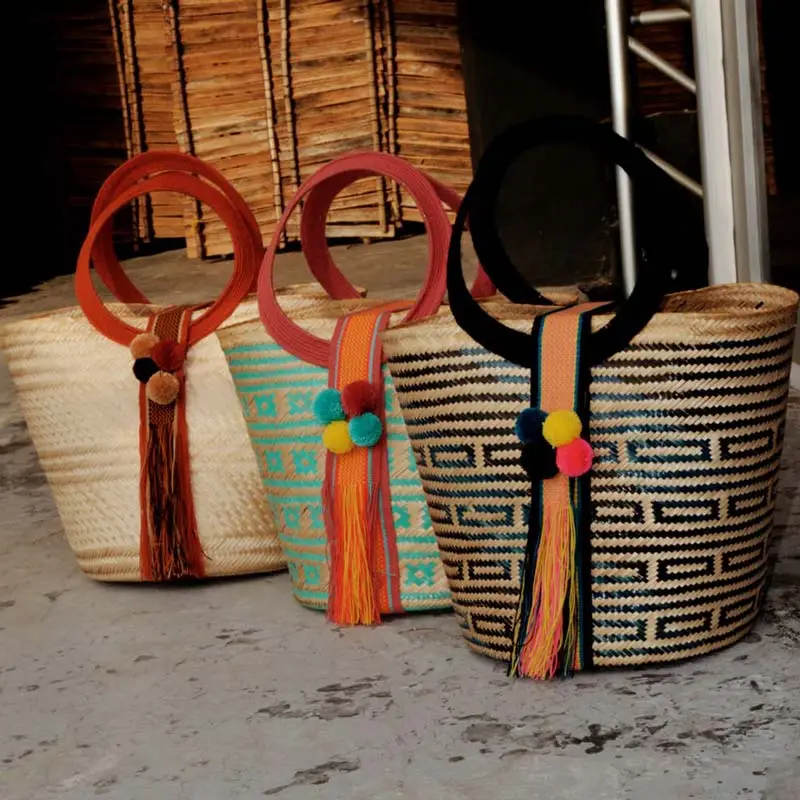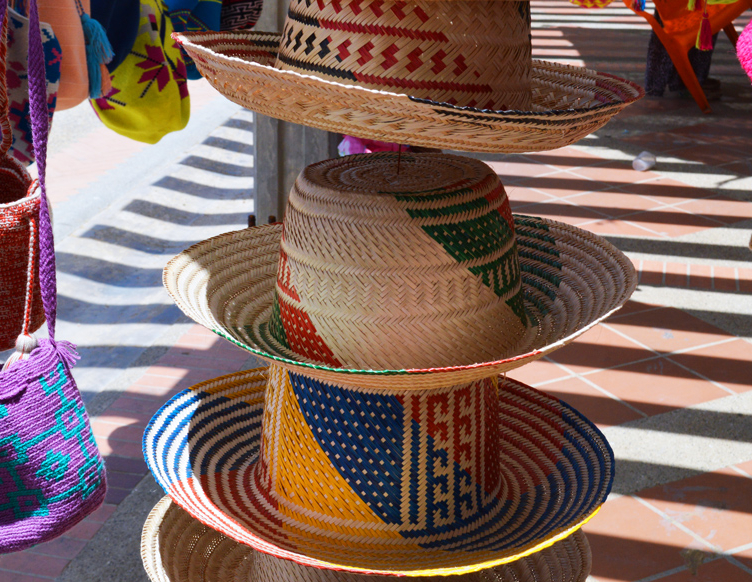How did Traditional Wayuu Hats Look Like
The Wayuu Hat
A symbol of power, knowledge, and social status
The significance of Wayuu Hats
Wayuu Hats are as important as any other working tool or accessory people need to carry on daily activities. The universal use of hats, not only as a protective garment but a cultural symbol, widely spreads to all corners of the world.
In the Wayuu world, generally speaking, things are no different. (Important to realize how the hat played a significant role in Wayuu men’s life.)
For starters, the tribesmen wore their cast symbol on the hat, identifying themselves. Size, material, and style mattered as well. People showed their important sociopolitical status by wearing tall hats: people with money made sure to wear a pristine hat, and some preferred intricate patterns and wide brims.
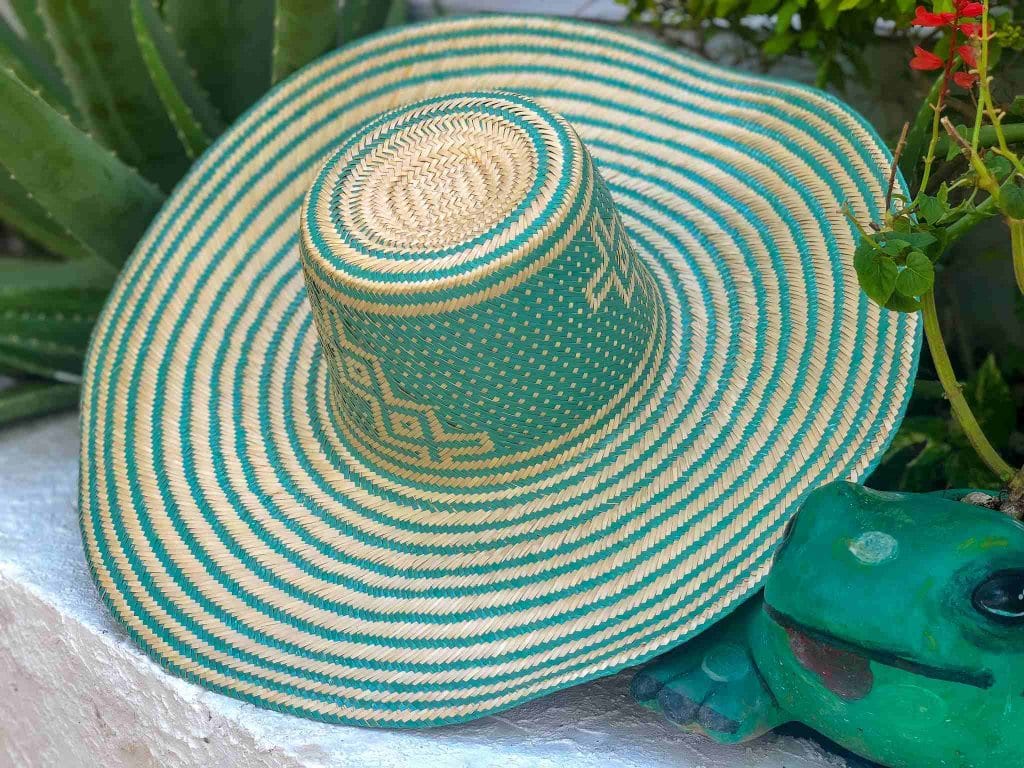
What material is used in Wayuu Hats
Artisans of the Wayuu tribe weave their hats with natural, organic straw-like fibers they call Mawisa. The plants where it comes from look like and grow similarly to bamboo plants. This plant grows close to Venezuela, particularly, in the mountain ranges along the border of the two countries.
Mawisa straw provides a durable material for Wayuu artisans to weave. The plant multiplies, and it requires minimal effort and time to harvest.
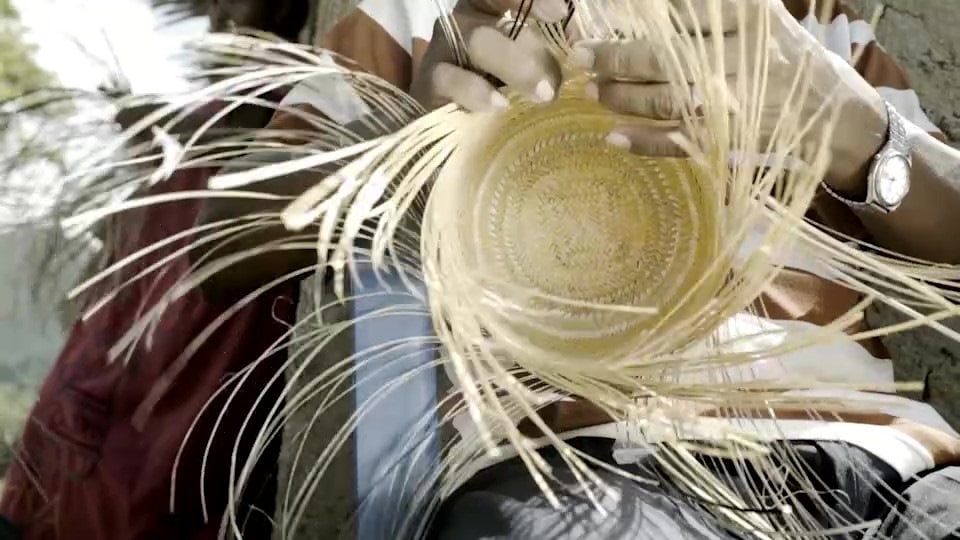
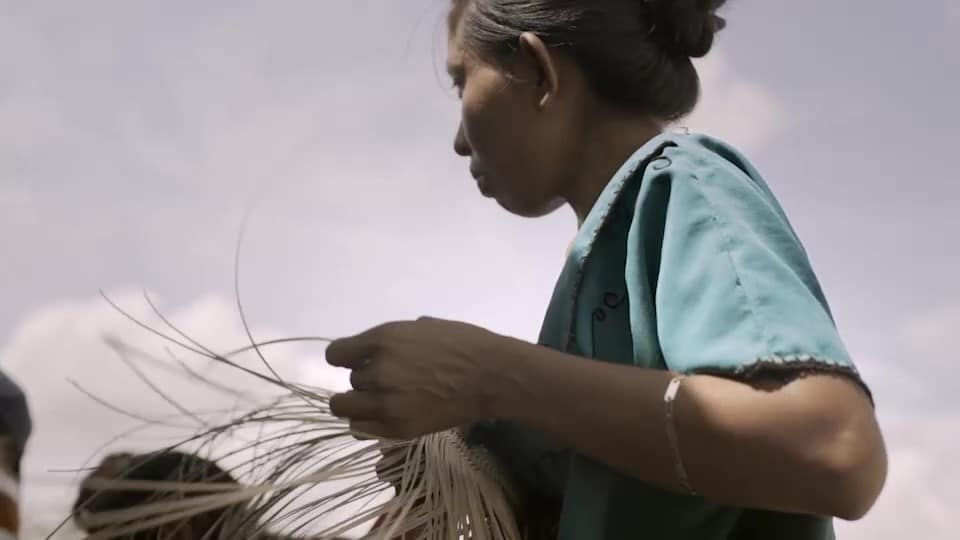
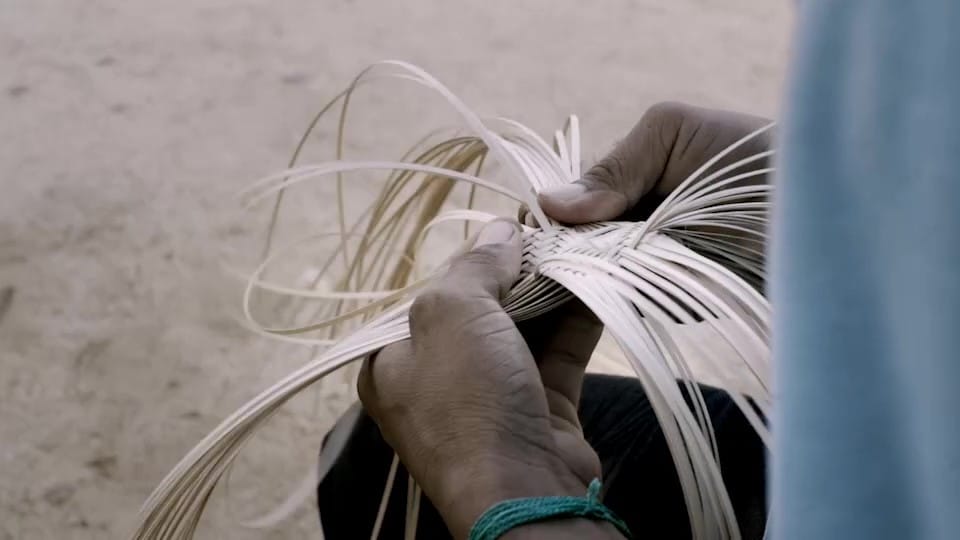
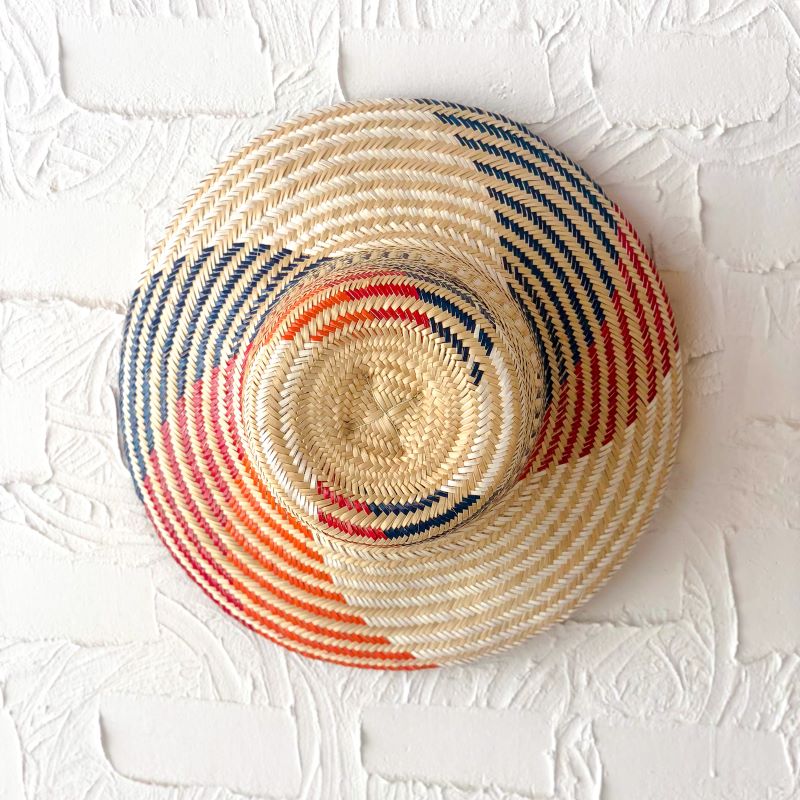
The evolution of Wayuu Hats
Nowadays, the most exclusive paradise beaches have seen the sights of at least one Wayuu hat. The Wayuu artisan industry has taken the fashion world by storm! Surprisingly, some brands in the United States like Wamoba and brands in Europe as it is Joyis London in the UK, La Mansa in Spain, and many others, helped make the hat as popular as it is now.
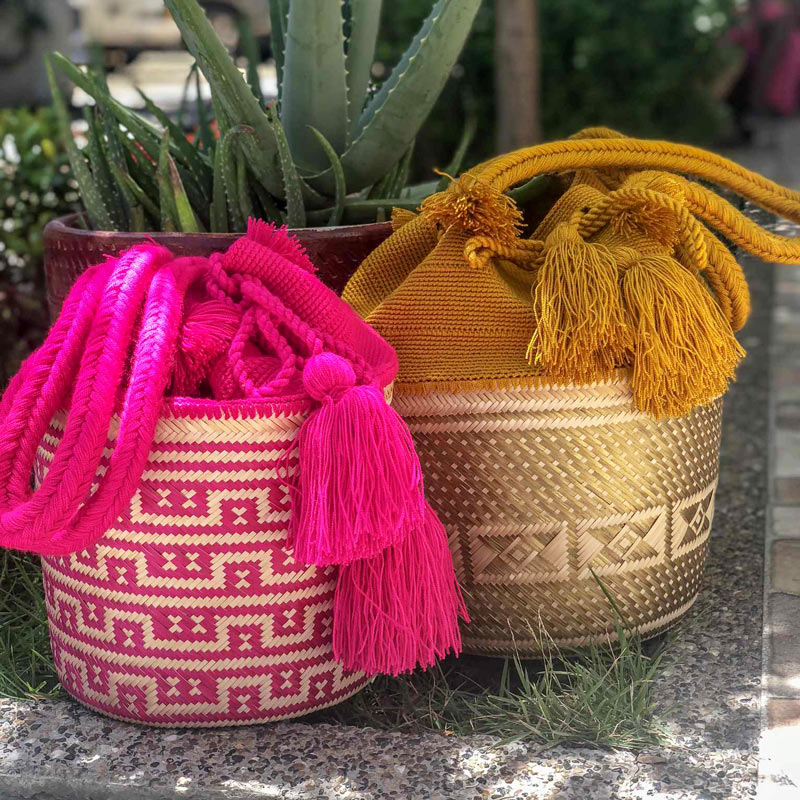
How did the Wayuu Hat become popular?
Moreover, there was one artisan that made all this possible by finding a way to wholesale Wayuu hats.
Once, a regular Wayuu artisan that found his shop at a blanket spot on First St. Riohacha. Now, a prominent figure amongst the Wayuu community, who elevated his family’s craft.
Currently, Gary Gonzales is a recognized artisan fashion designer around the world! He works hard to become a pioneer in the handmade hat industry, continually experimenting with dyes and pushing new uses for the Mawisa Straw. Read more about him and his community on our next blog.
